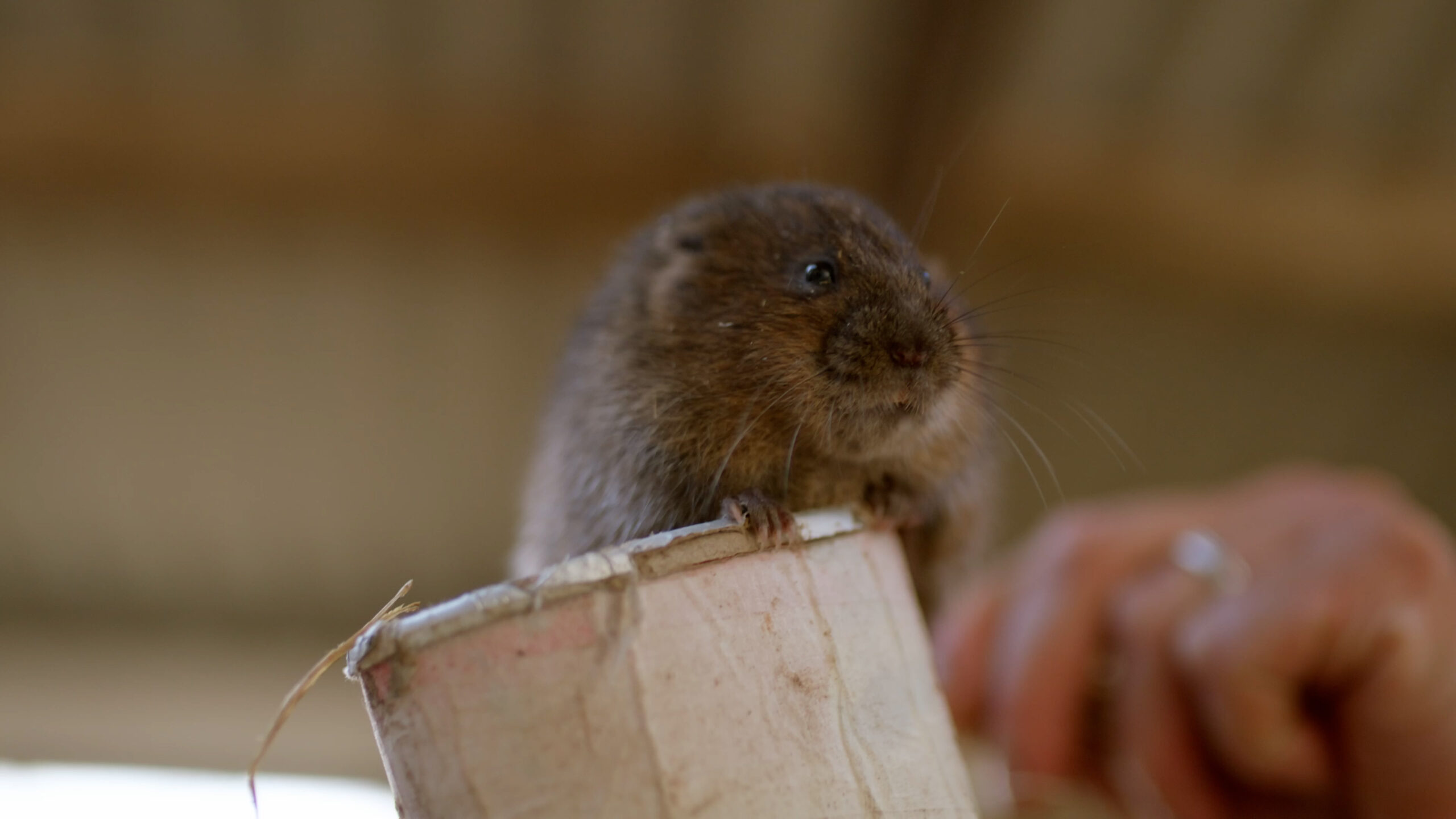One superpower species have to adapt to environmental changes is genetic diversity. Generally speaking, the bigger the population, the more genetically diverse it is. That’s because more individuals mean a wider variety of inherited traits, such as fur color or body size, giving them a bigger genetic toolbox to adapt to a changing environment.
In contrast, species with low genetic diversity have fewer genetic variants — and therefore fewer ways to adapt to environmental changes and threats. Low genetic diversity is a big risk when populations fall suddenly, in an event known as a population bottleneck. When this happens, individuals are more likely to accumulate harmful genetic mutations and they become more vulnerable to extinction. That makes maintaining genetic diversity a primary goal of conservationists — for both wild populations and captive breeding programs.
